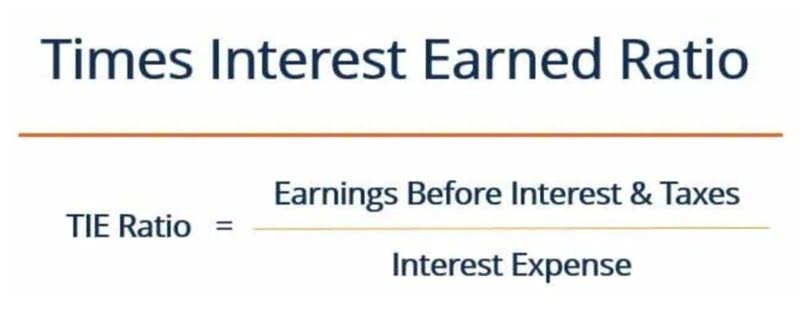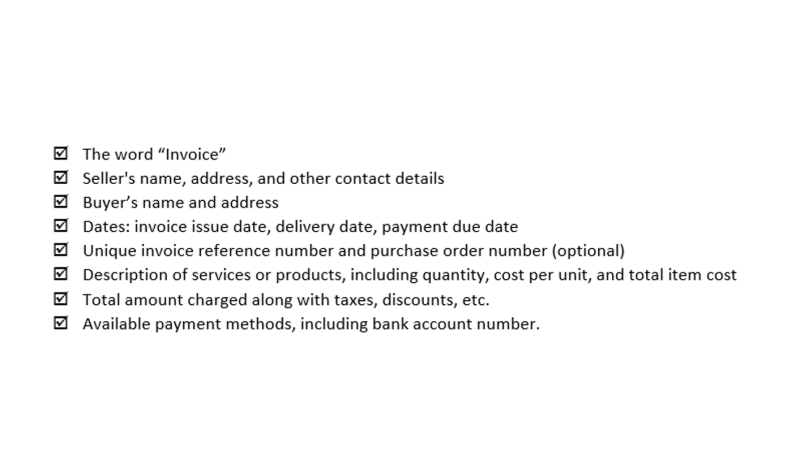Retained Earnings Guide, Formula, and Examples

With retained earnings, equity members might lose out on dividends. Using this finance source too much can create dissatisfaction among members and impact the goodwill of the firm. A company shouldn’t avoid giving dividends payouts just to amass more retained earnings.

Retained earnings, shareholders’ equity, and working capital
It represents a company’s profit after paying its expenses and dividends and includes all of the company’s retained funds since its inception. Paying the dividends in cash causes cash outflow, which we note in the accounts https://www.bookstime.com/articles/predetermined-overhead-rate and books as net reductions. Retained earnings serve as a link between the balance sheet and the income statement. This is because they’re recorded under the shareholders equity section, which connects both statements.

FAQs About Retained Earnings Calculation
First, you have to figure out the fair market value (FMV) of the shares you’re distributing. Companies will also usually issue a percentage of all their stock as a dividend (i.e. a 5% stock dividend means you’re giving away 5% of the company’s equity). It shows a business has consistently generated profits and retained a good portion of those earnings. It also indicates that a company has more funds to reinvest back into the future growth of the business. These programs are designed to assist small businesses with creating financial statements, including retained earnings.

Calculating Retained Earnings

Adam received his master’s in economics from The New School for Social Research and his Ph.D. from the University of Wisconsin-Madison in sociology. He is a CFA charterholder as well as holding FINRA Series 7, 55 & 63 licenses. He currently researches and teaches economic sociology and the social studies of finance at the Hebrew University in Jerusalem. Revenue is often the first determinant in deciding how a company performed. Hence, capable management knows to properly balance these various options for the ultimate benefit of the company. During the Covid-19 pandemic, many companies reduced their dividends or canceled them altogether.
- Retained earnings and profits are related concepts, but they’re not exactly the same.
- Retaining earnings by a company increases the company’s shareholder equity, which increases the value of each shareholder’s shareholding.
- Retained earnings are the cumulative net earnings or profit of a company after paying dividends.
- Shareholders, analysts and potential investors use the statement to assess a company’s profitability and dividend payout potential.
- You can track your company’s retained earnings by reviewing its financial statements.
- Cash and tax basis are most likely used only by sole proprietors or small partnerships.
Is Owners Equity and Retained Earnings the Same Thing?
It represents the owners’ claim on the company’s net worth, as well as the capital they have invested in the business. Stockholders’ equity is a measure of the company’s net worth or residual interest. When total assets are greater than total liabilities, is retained earnings a liability or equity stockholders have a positive equity (positive book value). Conversely, when total liabilities are greater than total assets, stockholders have a negative stockholders’ equity (negative book value) — also sometimes called stockholders’ deficit.

- Management and shareholders may want the company to retain earnings for several different reasons.
- Retained earnings are the profits that a firm has left over after issuing dividends.
- Sandra Habiger is a Chartered Professional Accountant with a Bachelor’s Degree in Business Administration from the University of Washington.
- Log onto the Annual Reports website to access a comprehensive collection of more than 5,000 annual reports produced by publicly-traded companies.
- More mature companies generate more net income and give more to shareholders.
- The resultant number may be either positive or negative, depending upon the net income or loss generated by the company over time.
Formula For Retained Earnings
- They do not represent assets or cash balances that companies have kept.
- However, in mature sectors such as utilities and telecommunications, where investors expect a generous dividend, the retention ratio is typically quite low.
- However, calculating stockholders’ equity can be a complex and daunting task for non-accountants.
- GAAP and IFRS that arise in reporting the various accounts that appear in those statements relate to either categorization or terminology differences.
- Shareholder’s equity section includes common stock, additional paid-in capital, and retained earnings.
- Now, if you paid out dividends, subtract them and total the ending balance.


